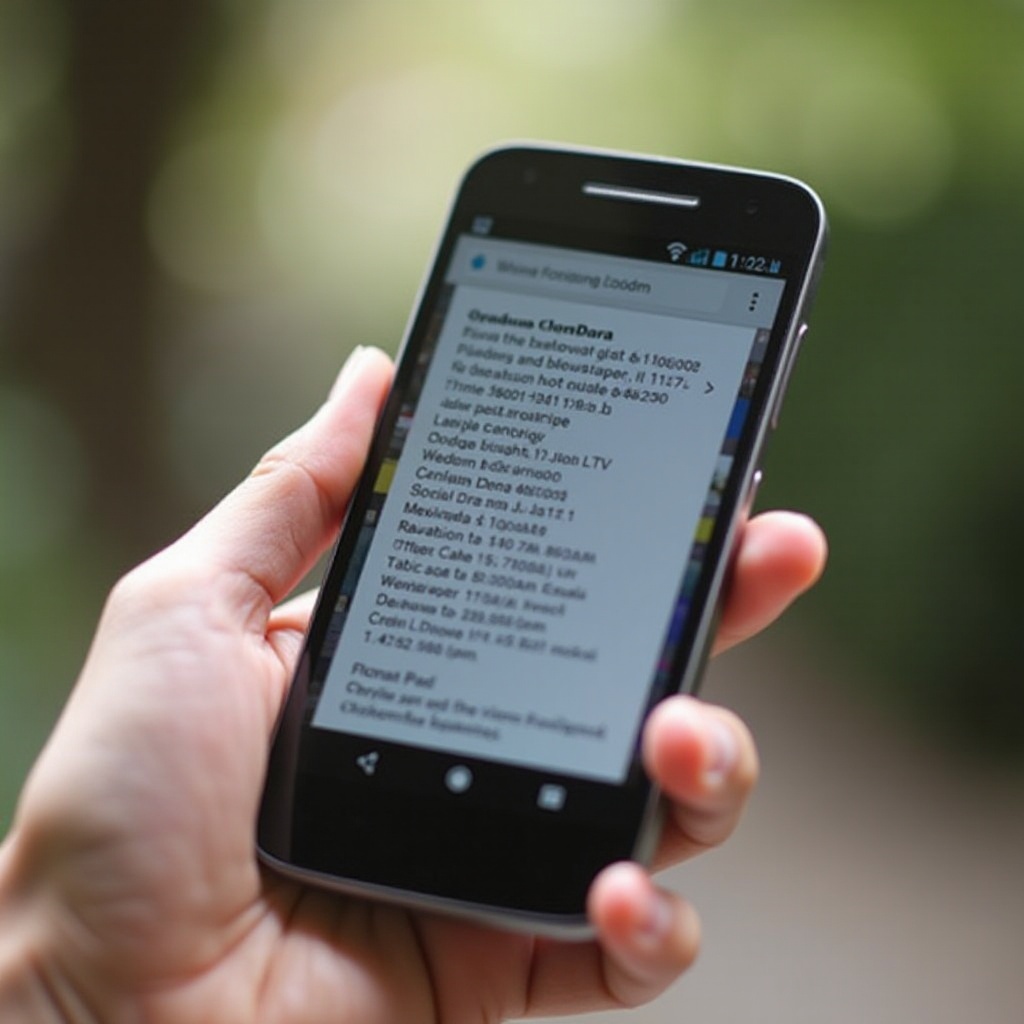How to View Photo Metadata on Android
Introduction
Photo metadata serves as the digital blueprint of your images, containing essential details like the date, time, location, and settings used during capture. For Android users, accessing this metadata is not only insightful but crucial for enhancing photo organization and sharing practices. Whether you’re a tech enthusiast or a professional photographer looking to optimize your photographic workflow, understanding how to view and manage photo metadata is vital. This guide explores how you can efficiently access this information on your Android device through built-in features and third-party apps.

Understanding Photo Metadata
Photo metadata is a treasure trove of information embedded within your images. Typically, you’ll encounter formats like EXIF (Exchangeable Image File Format), IPTC (International Press Telecommunications Council), and XMP (Extensible Metadata Platform), which disclose camera model specifics, exposure details, geolocation, and more.
In the age of smartphones, capturing and sharing images has never been easier, but it has brought awareness to the kind of data being shared inadvertently. While metadata aids in organizing photos, it can also reveal personal data such as the photo’s location. Understanding these details helps users decide wisely about sharing, managing, and safeguarding their photographic data.

Using Android’s Built-in Features to View Metadata
Many Android devices come with built-in capabilities for viewing photo metadata without requiring additional apps. Here’s how to leverage these features effectively:
-
Gallery App: Check your Android smartphone’s gallery app, whether it’s Google Photos or Samsung Gallery. Open a photo and tap the “info” or “details” symbol, often represented by an “i” icon or a three-dot menu, to access metadata like date, time, and location.
-
File Manager: Utilize your Android system’s file manager to open a photo file. Hold down to select it and choose “properties” or “details” to view its basic metadata.
These methods provide a convenient way to access essential metadata, although they may not offer all the technical details some users require, such as intricate camera settings. This foundation, however, paves the way for those desiring more in-depth investigations.
Exploring Third-Party Apps for Enhanced Metadata Viewing
If you need to delve deeper into the metadata of your photos, third-party apps that focus on extracting and displaying detailed metadata information are invaluable.
Top Third-Party Apps for Metadata Viewing
- Photo Exif Editor: Enables users to view, edit, and remove metadata.
- ExifTool: Renowned for handling EXIF, IPTC, and XMP metadata with ease.
- Metadata Viewer Pro: Provides a user-friendly interface for comprehensive photo data analysis.
How to Use Third-Party Apps Effectively
- Installation: Locate and install your chosen app from the Google Play Store.
- Launching and Permissions: Open the app and provide any required permissions to access your photos.
- Viewing Metadata: Navigate through the app’s interface, select your photos, and uncover detailed metadata, including exposure settings and camera specifications.
Pros and Cons of Third-Party App Usage
- Pros:
- Offers extensive insights into various metadata types beyond what native options give.
- Provides enhanced control over editing and deleting metadata.
-
Some apps support batch processing for greater efficiency.
-
Cons:
- Possible privacy risks if the app misuses data.
- A learning curve might be involved with apps offering complex features.
- Certain applications could contain ads or require payments for full functionality.
Selecting third-party apps should be guided by the need for detailed insights and robust metadata management capabilities.
Protecting Your Privacy: Managing Metadata on Android
With the power to access metadata comes the responsibility to manage and protect it wisely, ensuring personal privacy.
- Stripping Metadata: Before sharing photos online, think about stripping metadata. Tools like Photo Exif Editor can assist in removing this data quickly.
- Location Settings: Turn off geotagging within your camera settings to stop location data from being added.
- Regular Review: Frequently review metadata for often-shared images to ensure no unnecessary information is disclosed.
By mastering the control over metadata, you can enjoy the advantages of safe photo sharing while protecting your personal information.

Conclusion
Gaining knowledge on how to view and manage photo metadata on Android allows you to fully leverage your device’s potential while keeping a tight grip on privacy. From employing built-in features to exploring specialized third-party apps, choose the method that aligns with your personal needs and privacy priorities.
Frequently Asked Questions
How do I remove metadata from photos on Android?
Use apps like Photo Exif Editor to remove metadata easily by selecting the photo and choosing the data to delete.
Can I edit metadata directly on my Android phone?
Yes, certain apps like Photo Exif Editor offer metadata editing capabilities, unlike most built-in options.
Why is it important to view photo metadata?
Viewing metadata helps organize photos, understand technical aspects, and manage privacy risks from geotagging.
